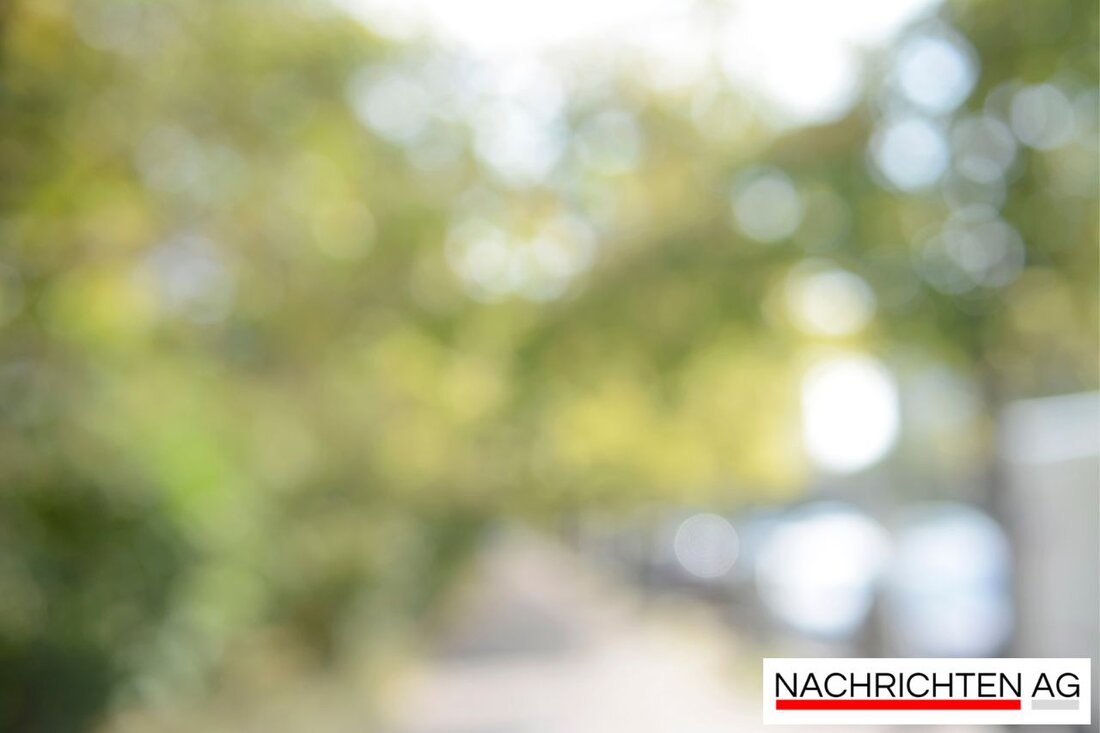Alarming fine dust levels in Göttingen: air quality is actually in the red!
Current air quality measurements in Göttingen on October 23, 2025 show high levels of fine dust and health risks.

Alarming fine dust levels in Göttingen: air quality is actually in the red!
What is the air quality in Göttingen? Current measurements from October 23, 2025 show alarming values, especially for fine dust. At the measuring station on Bürgerstrasse, serious exceedances of the limit value for PM10 fine dust, which is 50 micrograms per cubic meter of air, were found. These values were already similarly exceeded on September 24th and July 9th of this year. According to the Göttinger Tageblatt, a maximum of 35 limit violations can be registered per year, and we are already facing the challenge of reaching this limit soon. The high level of particulate matter pollution in the region is worrying, especially as the European Environment Agency estimates around 240,000 premature deaths annually in the EU due to particulate matter.
According to current air quality standards, the values are classified as “very poor” if they are above 100 μg/m³. It is important that sensitive people in particular avoid physical exertion outdoors. Conversely, good air quality shows that no health problems are to be expected. In addition to fine dust, daily measurements also include nitrogen dioxide and ozone, which also have their own limit values. These are crucial to assess air quality and protect public health.
A look at the current values
- Feinstaub: > 100 μg/m³ (sehr schlecht)
- Stickstoffdioxid: > 200 μg/m³ (sehr schlecht)
- Ozon: > 240 μg/m³ (sehr schlecht)
The health effects of air pollution are enormous in Europe. The problems of fine dust are not only important for the respiratory system, but also for our general health. Estimates show that around 239,000 people in the EU died in 2022 from fine dust levels above recommended levels by the World Health Organization (WHO). In this regard in particular, the new EU Air Quality Directive, which has been in force since December 10, 2024, is an important step. The target is a 55% reduction in fine dust deaths by 2030.
An increase in fine dust pollution is traditionally expected on New Year's Eve due to fireworks. Around 2,050 tonnes of fine dust are released by fireworks every year, and New Year's Eve accounts for around 75% of this pollution. However, the Federal Environment Agency has stated that this is not the biggest problem for the environment as concentrations decrease quickly as soon as wind picks up. However, it is still advisable to be particularly careful during these times and to be aware of the health risks.
Conclusion and appeal
The public appeal to improve air quality in Göttingen is more urgent than ever. Without targeted measures and raising public awareness, it is difficult to significantly reduce particulate matter pollution. Compliance with new regulations will be crucial to changing user behavior and addressing the causes of air pollution. It is up to all of us to take responsibility and actively contribute to improving air quality.
For more information and details on these serious issues, read reports from Göttingen Tageblatt, N-AG and EUA.

 Suche
Suche
 Mein Konto
Mein Konto